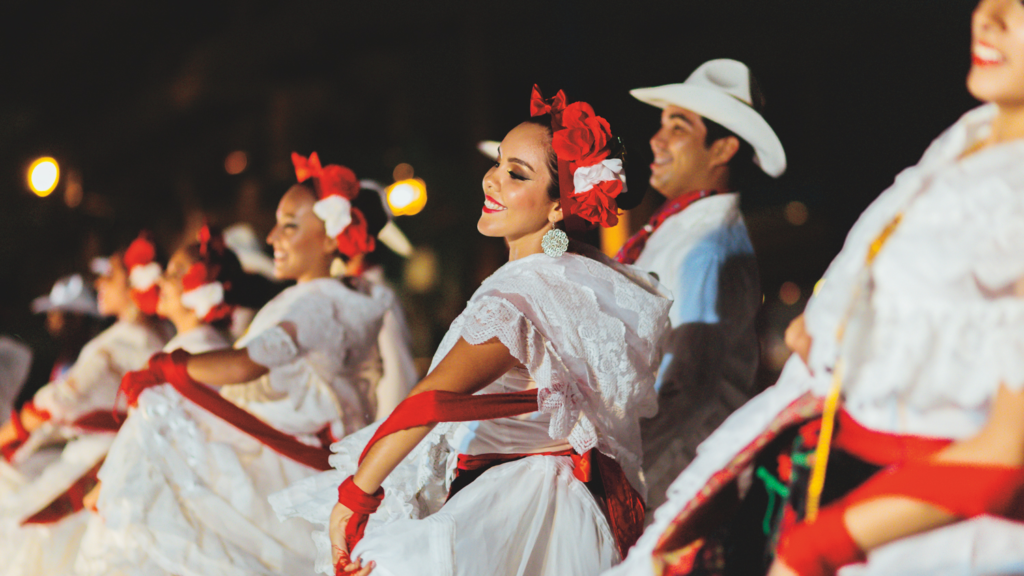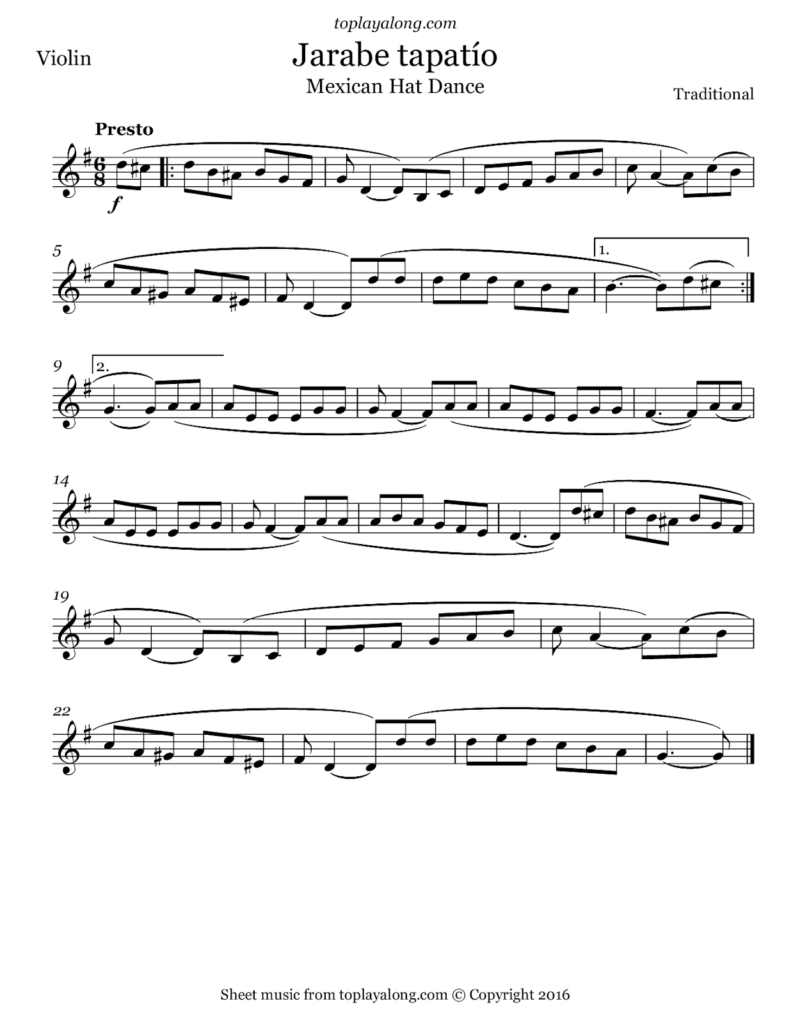The Mexican Hat Dance, also known as “Jarabe Tapatío,” is a lively and captivating traditional Mexican dance that has gained popularity worldwide. Rooted in the rich cultural heritage of Mexico, this vibrant dance form showcases the spirit, grace, and rhythm of the Mexican people. From its origins in the 18th century to its prominent place in modern celebrations, the Mexican Hat Dance continues to captivate audiences with its infectious energy and colorful costumes. Let’s explore the fascinating history, significance, and enduring appeal of this iconic dance form that has become synonymous with Mexican fiestas and celebrations.
Table of Contents
Origins and Evolution

The Mexican Hat Dance traces its roots back to the indigenous people of Mexico. The dance form evolved over centuries, influenced by various cultural and musical traditions. It blends elements of Spanish, African, and indigenous dances, creating a unique fusion of styles. Originally performed to honor the Virgin of Guadalupe, the dance gained popularity during the Mexican Revolution in the early 20th century. Since then, it has become an integral part of Mexican culture and is performed on various occasions, including weddings, quinceañeras, and national holidays.
Symbolism and Meaning
The Mexican Hat Dance carries profound symbolism and meaning. Each movement and gesture has a purpose, reflecting different aspects of Mexican culture. The dance represents courtship, as male dancers woo their female partners with intricate footwork and elegant hand gestures. The swinging of the traditional sombrero, or Mexican hat, symbolizes the connection between the couple and their shared joy. The vibrant costumes, adorned with colorful ribbons, showcase the richness of Mexican traditions and folklore. Through its symbolism, the Mexican Hat Dance celebrates love, unity, and the spirit of Mexico.
Steps and Choreography
The Mexican Hat Dance features a set of distinctive steps and choreography that are both energetic and graceful. The dance begins with a lively zapateado, a rhythmic footwork sequence that showcases the dancers’ agility and precision. This is followed by intricate partner work, as couples perform intricate turns, spins, and twirls while maintaining perfect synchronization. The highlight of the dance is the “arrest,” where the male dancer places the sombrero on the floor and attempts to impress his partner with his nimble footwork around the hat. The dance culminates in a joyous finale, filled with exuberant movements and a grand flourish.
The Role of Music

Music plays a crucial role in the Mexican Hat Dance, providing the rhythm and melody that guide the dancers’ movements. The traditional music for the dance typically features lively mariachi bands or regional folk ensembles. The most recognizable tune associated with the Mexican Hat Dance is the famous “Jarabe Tapatío.” This spirited melody, characterized by its catchy rhythm and memorable melody, sets the tone for the dance and inspires the dancers to showcase their skills. The lively tempo of the music, combined with the energetic movements of the dancers, creates a vibrant and festive atmosphere that enchants audiences of all ages.
Cultural Significance

The Mexican Hat Dance holds immense cultural significance for the Mexican people. It represents a proud and enduring tradition that has been passed down through generations. The dance serves as a cultural emblem, reflecting the nation’s history, values, and sense of identity. It is often performed during national celebrations, such as Independence Day and Cinco de Mayo, serving as a reminder of Mexico’s heritage and the resilience of its people. The Mexican Hat Dance also plays a vital role in promoting cultural exchange, as it has gained popularity worldwide and is frequently performed at international festivals, showcasing the vibrancy and diversity of Mexican culture.
Popularization and Global Appeal
Over the years, the Mexican Hat Dance has transcended borders and gained international acclaim. It has captivated audiences across the globe with its infectious energy, colorful costumes, and intricate choreography. The dance has been featured in numerous films, television shows, and stage performances, further increasing its visibility and popularity. Today, people from various cultural backgrounds participate in the Mexican Hat Dance, embracing its joyful spirit and appreciating its cultural significance. The dance has become a symbol of unity and celebration, fostering cultural exchange and appreciation on a global scale.
Conclusion
The Mexican Hat Dance stands as a testament to the rich and vibrant cultural heritage of Mexico. With its lively music, graceful movements, and colorful costumes, this traditional dance form continues to enchant audiences worldwide. Rooted in centuries-old traditions and carrying deep symbolism, the Mexican Hat Dance represents love, courtship, and unity. It’s enduring popularity and global appeal serve as a testament to its universal charm.
Whether performed during local festivities or showcased on international stages, the Mexican Hat Dance remains a beloved and cherished tradition that celebrates the essence of Mexico and its people. So, next time you find yourself caught in the fiesta frenzy, let the rhythmic beats of the Mexican Hat Dance transport you to the heart of Mexico’s vibrant culture.
Learn about: Unleash your inner superhero and embark on an epic adventure – read Marvel comics online free no download needed